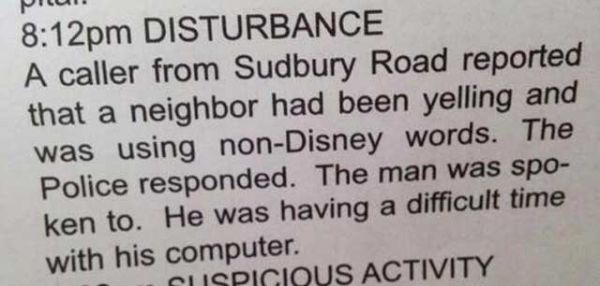
Author: jbkrygier
Marketing

Maybe Lunchables are just inexpensive charcuterie.
DIY Pee-Powered Phone Charger
“The Bill and Melinda Gates Foundation has funded research to develop a pee powered smartphone battery… but you can make one right now. Lemon batteries are cool, but salt batteries are powerful. And, hey, there’s salt in urine, so a urine powered battery would be the ultimate emergency battery to top off you cell phone, right? Sure, if you’re squeamish, you can use salt water instead o’ urine! We show you how to build a battery from aluminum foil, copper wire, charcoal, and salty liquid that’ll charge a smart phone in the video!”
Source: DIY Tryin’
Also: Nuns & Fertility Drugs | Nuns & Supercows | Nun Pee Yuth
Also: Peecycling (all) and Peecycling (last year) & Peecycling Project
Bloody Tree
Dracaena draco, aka Dragon’s Blood Tree
…or possibly Dracaena cinnabari
Any of you tree/plant folks know which one this is?





